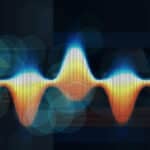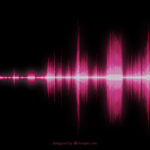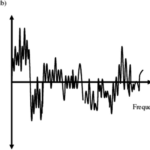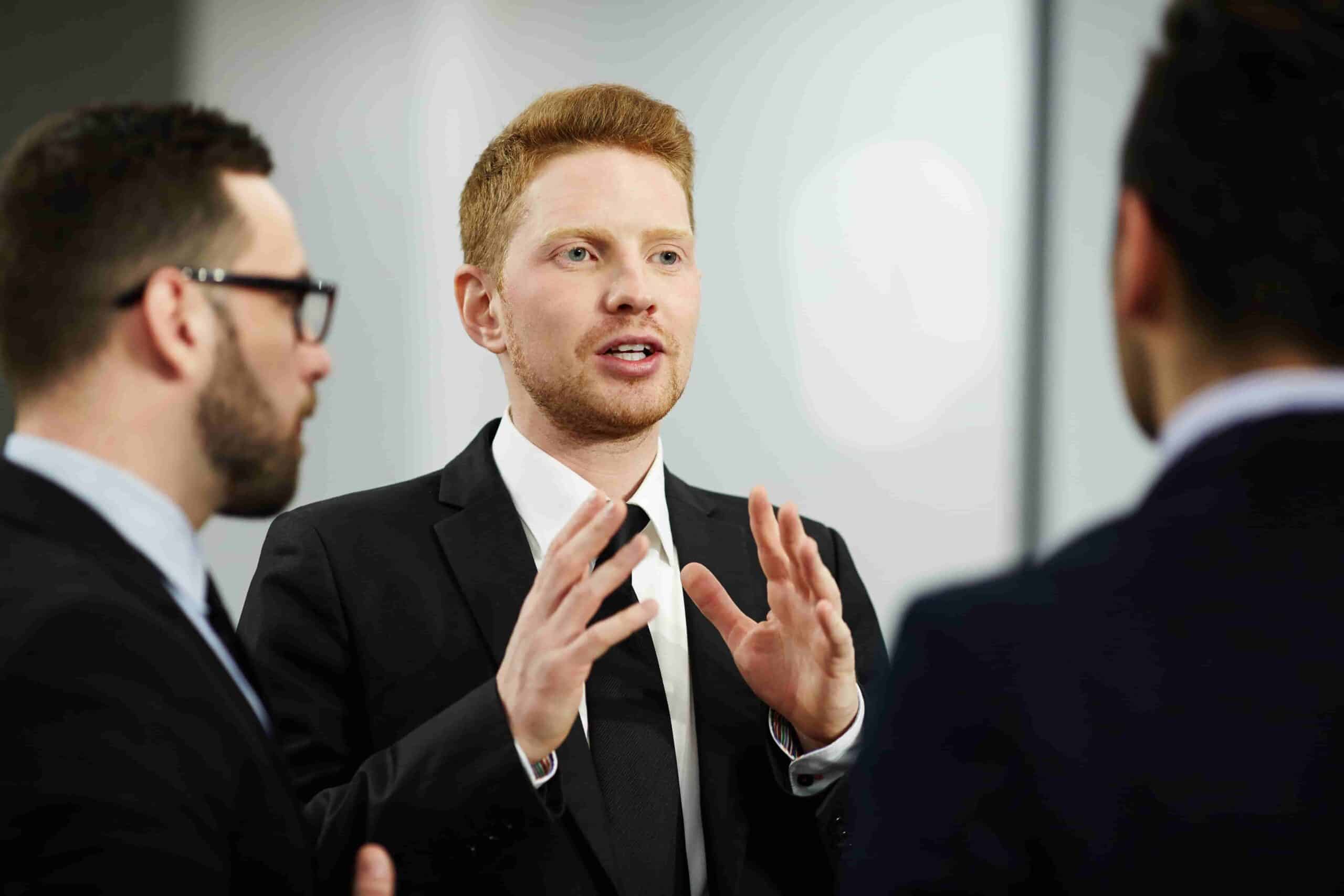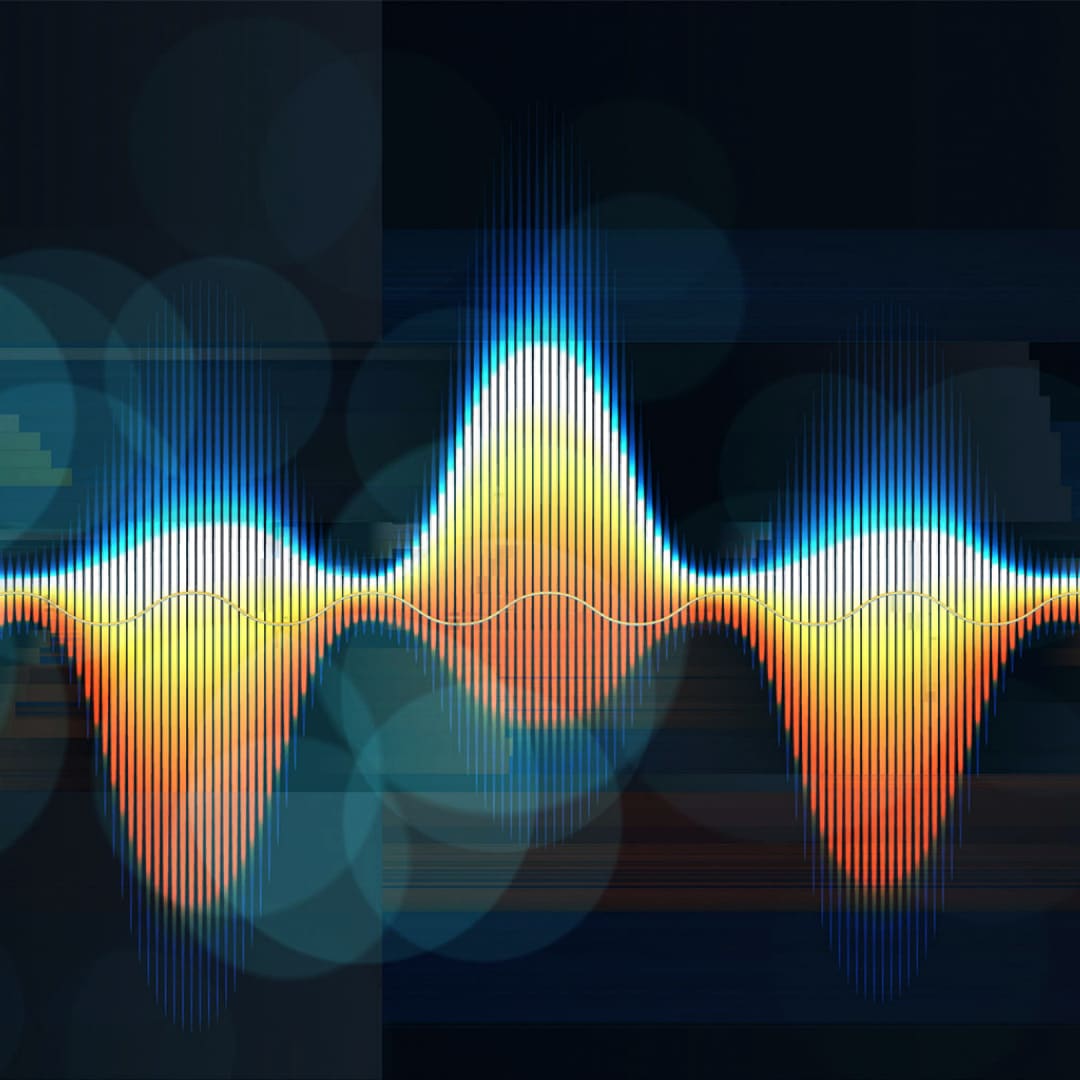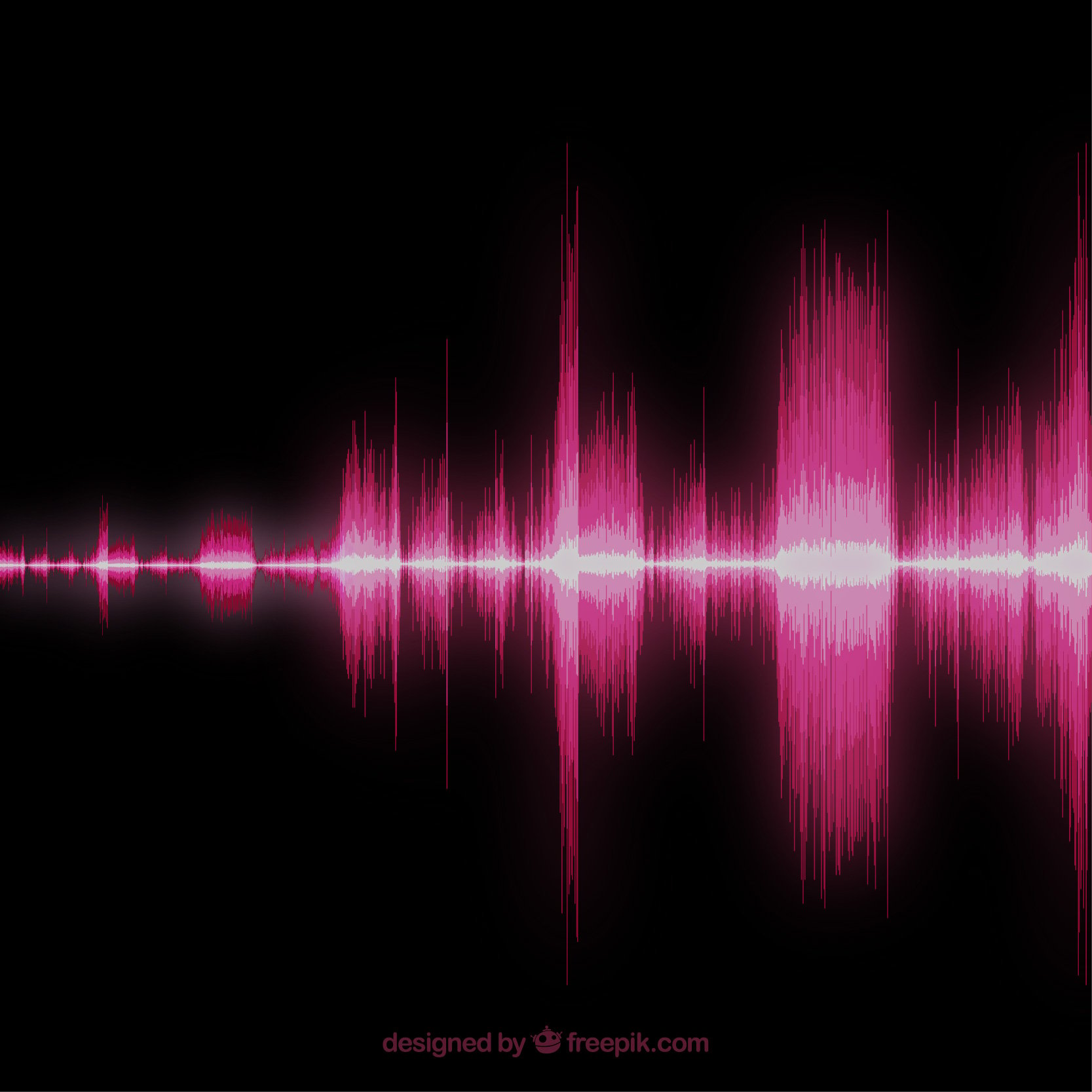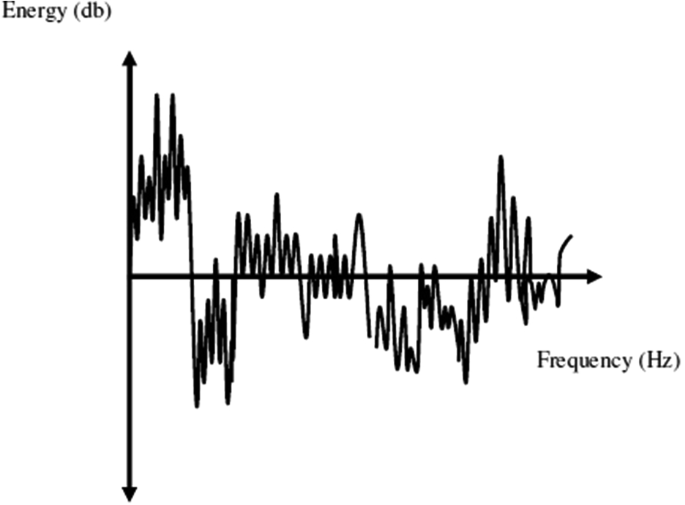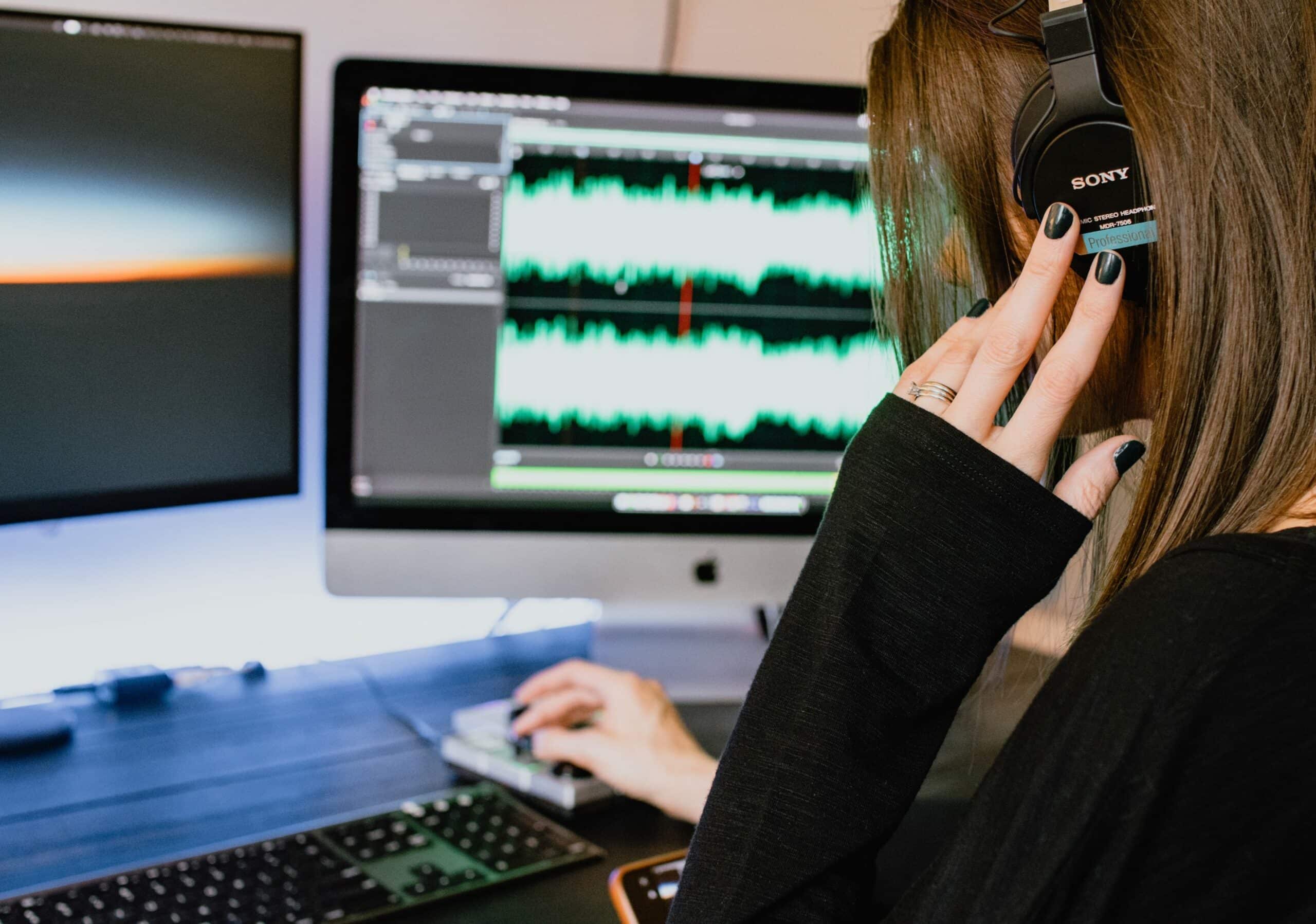Audio forensics is a fascinating field riddled with legal implications that can sometimes be difficult to uncover. Unpacking the nuances of legal implications and discovering the answers to difficult questions can benefit audio forensic experts as they strive to provide justice or answer questions, but sorting through complex legal documents in search of answers can be tedious and time-consuming.
We will explore the legal implications of audio forensics and how audio forensic experts can easily detect underlying legal issues in the myriad of forensic investigations they may be a part of. We will also provide an overview of some of the more common legal issues that arise in audio forensics and how those implications can be helpful in the context of legal proceedings. So fasten your seatbelts and prepare for a journey into the legal world of audio forensics!
Quick Overview of Key Question
Audio forensics is subject to many legal considerations depending on its use. It is important to understand relevant laws and regulations, as well as other ethical guidelines when working with audio forensic evidence.
What is Audio Forensics?

Audio forensics is scientifically examining and analyzing audio recordings to determine their origin, authenticity, and meaning. This includes the physical characteristics of the audio recording and any associated metadata. Audio forensics has long been used in criminal cases to authenticate evidence in court or prove that two parties made or agreed upon a statement. It can also be used in civil proceedings such as divorces or contract disputes to settle ownership and licensing disputes.
The usefulness of audio forensics has come under scrutiny in recent years because of its susceptibility to fraud and manipulation. In some cases, it has been claimed that audio forensics cannot distinguish between genuine and fabricated recordings, leading some to question its reliability as a source of evidence. Those who support audio forensics argue that when done correctly, it can provide valuable insight that may not be available from other types of forensic evidence. They point out that the authentication process for audio recordings is more intricate than for other types of evidence and involves an exacting examination of physical characteristics and associated metadata.
Despite its potential drawbacks, audio forensics continues to play an important role in legal proceedings. As long as forensic professionals take proper precautions when examining and authenticating recordings, audio forensics can provide highly accurate information that can help solve cases quickly and thoroughly.
With that in mind, let’s explore the process and techniques used in audio forensics to further understand how this technology can help uncover the legal implications associated with audio recordings.
The Process and Techniques Used in Audio Forensics
Audio forensics is a field of study involving the analysis and interpretation of evidence from sound recordings that can be used as evidence in court. The process of audio forensics relies on various techniques, such as filtering, spectral analysis, and digital signal processing (DSP), to gain insight into the characteristics of a recording. In some cases, audio forensic tools may be used to enhance or repair a poor or degraded recording in order to make it clearer and more accessible. In other cases, audio forensic experts may use frequency-based measurements to compare individual sounds to those found in reference libraries or databases.
The primary goal of audio forensics is to answer questions related to authenticity, origin, and timeline. Specifically, prosecutors and defense attorneys use audio forensics to determine whether recordings are authentic or fabricated; establish time frames for certain segments; identify unknown voices; and draw conclusions as to who said what and when. To this end, audio experts must have verifiable training in acoustical engineering combined with technical experience in forensically examining audio evidence.
While many audio forensics processes are accepted within the field, there is debate about the effectiveness of some techniques used for capturing sound evidence. For example, some argue that digital processing has the potential to distort or alter original data due to how digital algorithms interact with analog-recorded material. Others argue that DSP techniques can bring clarity to heavily distorted recordings by using techniques such as noise reduction and enhancement algorithms which can reduce background noise or improve signal-to-noise ratios respectively.
In conclusion, although there are debates around the accuracy and reliability of certain audio forensic processes, they continue to play an important role in criminal investigations thanks to their ability to provide valuable insights into recordings that would otherwise remain inaccessible or unidentifiable. Understanding these implications is crucial in uncovering potential legal implications posed by audio forensics. This will be explored further in the following section: “The Legal Implications of Audio Forensics”.
The Legal Implications of Audio Forensics
The use of audio forensic science has a twofold effect on legal proceedings: the implications of admissibility and authentication. On one hand, audio forensic evidence may be used to corroborate testimony or challenge contentions made in court. On the other hand, it may help establish the prima facie case that enables further consideration of other elements of the case. As such, questions around the acceptability and validity of digital audio recordings and audio analysis provided by experts often become important considerations during legal proceedings.
As with any form of scientific evidence, the admissibility of audio recordings and related analysis must first be determined by the relevant court before they can be challenged by the opposing council or accepted as examined facts. A common test for determining admissibility is known as Frye vs. United States, wherein it must be proven that the evidence has gained general acceptance in the relevant scientific community to both differentiate between potential sources and identify them accurately. Relevant courts have consistently held that so long as the testimony adheres to this same standard, it is both competent and reliable for presentation as evidence in a given court.
It should also be noted that given that relatively outdated systems often limited in quality are now being phased out, authenticating digital audio recordings can become difficult – especially if contradicting parties disagree over accuracy or source attribution. While detailed evidentiary standards exist to further support authenticity claims, they can become even more tangled when digital data needs to be accessed from mobile phones or other devices with potentially outdated operating systems. In those cases, additional considerations may need to be taken into account before reliable conclusions can be drawn regarding a given recording’s suitability for use within a court of law.
In conclusion, it is clear that there are many legal implications associated with using audio forensics in a criminal or civil hearing which must first be considered before doing so. Nevertheless, the scope and accuracy offered by these technologies can provide invaluable insight with regard to disputed contentions when introduced after proper admissibility considerations have been implemented. Moving forward then, we shall explore precisely how best this technology can serve as useful evidence in criminal and civil hearings going forwards.
Must-Know Summary Points
Audio forensic science can be used in legal proceedings to corroborate testimony or challenge contentions, but must first be determined admissible by the court using the Frye vs. United States standard. Authenticating digital audio recordings is often difficult and complex, particularly when accessing from mobile phones and other devices with outdated systems. Nevertheless, the accuracy provided by such technology has the potential to provide useful insight when introduced after proper admissibility considerations have been implemented.
The Use of Audio Forensics in Criminal and Civil Hearings
Audio forensics play an important role in criminal and civil hearings. By analyzing the acoustic characteristics of audio recordings, audio forensic professionals can provide evidence that is both convincing and dependable. Audio evidence has been used to prove or disprove a range of issues such as alibi evidence, witness testimony, background noise, and other false claims.
Many critics question the reliability of audio forensics in determining guilt or innocence and dispute its validity in a legal setting. Critics caution that recordings may be manipulated, distorted, edited, or spliced to create deceptive evidence. Additionally, certain techniques used by professionals to modify digital recordings can introduce errors and contribute to the unreliability of the results. On the other hand, audio forensics provides invaluable evidence for lawyers and judges that may have otherwise been unavailable during court proceedings.
In criminal cases, audio forensics has been used to identify sources of yelling, screaming for help, or other significant occurrences within a recording. For example, this type of evidence can often be used to bolster witness testimony surrounding these events and can ultimately determine liability in a case. Similarly, acoustic experts can also identify the speaker or speakers on recordings which may refute identity or alibi disputes.
Ultimately, using audio forensics provides an additional layer of credibility when it comes to admissible evidence in criminal and civil cases. Due to technological advancements in audio editing software and hardware though, it is increasingly important for audio forensic analysts to be well versed in the latest investigative trends while remaining objective at all times. By following appropriate standards and protocols when examining digital recordings, experts can provide both reliable conclusions and educated opinions in a court of law.
Now that we have explored the use of audio forensics in criminal and civil hearings, the next section will discuss various pieces of evidentiary requirements necessary for competent analysis and utilization of digital recordings as admissible evidence.
- According to a 2017 survey by the American Bar Association, 88% of defense attorneys reported having received evidence in court that was obtained through audio forensic examination.
- A 2018 report found that audio recordings are used as evidence in 48% of US criminal cases.
- In a 2020 study, 93% of forensic audio experts surveyed felt confident about the reliability and accuracy of their findings in court.
Evidence and Analysis of Audio Evidence
Audio evidence can become a powerful tool in helping to uncover the legal implications of a case, but the process of finding it, collecting it and analyzing it can be time-consuming and tedious. During the course of an audio forensic investigation, it is important to ensure that proper methods are followed when gathering evidence, and that only qualified personnel conduct the tests necessary for evaluation. There is much debate among law enforcement and legal experts about how best to collect and analyze audio evidence in order to ensure accuracy and completeness.
Some experts in the field suggest that current practices involving audio collection and analysis should be improved to better serve the court system. This includes not only increasing surveillance capabilities, but also developing new methods for recording and identifying sound sources, ensuring full disclosure of recordings by both parties involved in a legal dispute, and using software solutions to more quickly scan hundreds or thousands of hours of material for evidence.
On the other side of the argument, others feel that current practices are adequate for gathering audio evidence. They believe that new tools like wiretapping technologies are intrusive and should be limited to compelling cases only. Additionally, some argue that technology solutions used for scanning large amounts of data for evidence should not replace human operators as they may miss key clues or factors due to their automated nature.
Despite the divisions between those who support increased use of technology in collecting and analyzing audio evidence versus those who believe current solutions are enough, it’s important to note that both sides stand united on one aspect: Qualified personnel must continue in their roles as experts in order to provide final judgment on all matters related to legal audio forensics investigations.
With this information in mind, we now turn our attention to the expert evaluation and assessment of audio evidence – which is integral in any legal implication case.
Expert Evaluation and Assessment of Audio Evidence
Expert evaluation and assessment of audio evidence can be a complicated yet important factor when it comes to uncovering the legal implications of audio forensics. This can involve experts examining the authenticity, reliability, and accuracy of sound recordings when submitted as evidence in a court case.
Experts may also evaluate various pieces of audio evidence for patterns, discrepancies, or even silences that could indicate it has been tampered with. This is particularly important for audio evidence pertaining to incriminating conversations as it may hold key evidence to understanding how the conversation was interpreted. For example, if the accused party denies making certain statements then investigators must thoroughly evaluate similarities or differences in the tones and inflections of their voice so any existing inconsistencies are easily identified.
On the other hand, there is an argument that voice biometrics or digitally enhanced recordings with manipulated sound parameters could also be manipulated or fabricated in a way that would make it difficult for an expert evaluator to decipher, raising questions over its veracity in a courtroom situation. Therefore it is often argued that expert audio forensic analysis requires established standards that are followed in order to ensure reliability and accuracy when evaluating acoustic evidence.
The evaluation and assessment of audio evidence by qualified experts is critical in order to effectively establish its authenticity and veracity when presented in legal proceedings. As such, rights, privacy, and potential legal implications concerning the use of this type of technology must be seriously considered going forward. This will be discussed further in the upcoming section about: “Rights, Privacy & Legal Implications”.
Rights, Privacy, & Legal Implications
When discussing the legal implications of audio forensics, rights and privacy are paramount to the discussion. On one hand, audio forensics often deals with evidence in criminal cases which means it aligns with the expectation that all citizens have a right to due process under the law. Therefore if audio forensics can be established as reliable and accurate tools for analysis, these tools may help drive a more equitable justice system. On the other hand, there are privacy concerns when it comes to dealing with audio forensics in criminal cases because of the evidence obtained from audio recordings. Using audio forensics to uncover evidence obtained via secretly recorded conversations or even lawfully obtained recordings raise questions about whether this type of evidence is being used ethically and within the confines of a person’s right to privacy.
Balancing both sides of the issue surrounding rights and privacy, legal professionals must ensure that any evidence obtained via audio forensics must adhere to standard practices related to search and seizure laws as well as respecting individuals’ right to privacy according to national and local laws and regulations. As such, understanding the precise legal implications of audio forensics will be essential when navigating through digital evidence in order to reach justice while ensuring civil rights remain protected.
The next section explores the future of audio forensics and its potential implications for achieving greater equity across all facets of justice.
The Future of Audio Forensics
The future of audio forensics is uncertain, yet promising. Advances in artificial intelligence and machine learning have allowed for the development of new software that automates the process of analyzing digital sound waves, significantly increasing accuracy and efficiency. The sector is currently developing at a rapid rate and is being used for purposes beyond legal investigations, such as in research or film/music production.
In the legal field, the potential implications of audio forensics remain largely untapped. As technology advances, so too do the types of evidence that are available to investigators, enabling investigators to glean even more evidence from audio sources than is currently possible. This could revolutionize the way law enforcement investigates cases and may change current legal processes surrounding the admissibility of evidence.
Despite these potential benefits, there are still some significant downsides to the application of audio forensics in investigations. Namely, privacy concerns exist around whether sound waves recorded without a court order can be admissible in court proceedings. Also, while machines may be able to identify patterns within an audio file more efficiently than humans, they are subject to algorithmic bias like all forms of artificial intelligence, meaning that the data itself can easily become erroneous over time if not regularly maintained and updated.
Overall, the future of audio forensics appears to be very promising; however, if it is to be trusted as reliable evidence in court proceedings, it’s essential that legal professionals take into account both the advantages and disadvantages of this technology before deploying it. With accurate regulation, thoughtful implementation, and continual optimization from experts in both legal fields and computer science – we can all look forward to brighter days ahead for audio forensics.
FAQ
How is audio forensics used to prove or disprove court cases?
Audio forensics is used to prove or disprove legal cases in court by examining recordings, including spoken word and music, with advanced techniques such as filtering, spectral analysis, and acoustic analysis. This enables experts to differentiate between two recordings, uncover evidence of tampering or enhancement, and even recreate a certain point of time within the recording. In most cases, audio forensics is used to uncover the truth behind an audio recording by authenticating a voice’s identity, identifying spoken words, and analyzing the context of conversations.
In legal proceedings, audio forensics can be used to provide corroborating evidence that helps judges and juries make informed decisions. For instance, if a witness’s testimony is contested in court, audio experts may examine any available recordings to uncover subtle nuances that verify the witness’s story. Audio forensics can also help resolve heated disputes over copyright infringement by offering objective evidence of who actually wrote and composed particular works. On the other hand, audio forensics can also be used to discredit baseless claims, such as those arising from wiretapping allegations or false confessions.
Overall, audio forensics provides courts with valuable insight into complex legal issues by objectively analyzing data from recordings in order to uncover previously hidden facts and reach more accurate conclusions about disputed events.
What are the ethical considerations for using audio forensics in legal proceedings?
When it comes to ethical considerations of using audio forensics in legal proceedings, there is a complex interplay between legal and privacy rights. On one hand, the evidence obtained through audio forensics can be used to prosecute offenders and ensure justice is served. On the other hand, it can also be abused if proper safeguards are not implemented. Firstly, to ensure that any evidence obtained through audio forensics is accurate, sound technicians must adhere to best practices such as double-blind testing and source identification techniques. Additionally, since audio forensic techniques rely on sophisticated data analysis, legal counsel must consider the potential bias that may be introduced by these methods.
Furthermore, audio forensics can intrude on an individual’s privacy rights and therefore needs to be carefully managed. The Fourth Amendment of the U.S. Constitution protects citizens from unreasonable search and seizure of their electronic media and personal documents. As such, lawyers must obtain a warrant prior to collecting any digital evidence for examination using audio forensics. Lastly, care must be taken when publishing or broadcasting an individual’s audio recordings as it could potentially reveal confidential information or subject them to ridicule or embarrassment.
In conclusion, the ethical considerations of using audio forensics in legal proceedings involve ensuring accuracy and truthfulness while protecting individuals’ privacy rights under the law. It is therefore imperative that legal professionals understand the implications of such technologies when obtaining evidence for court hearings and trials.
What is audio forensics and how is it used in the legal system?
Audio forensics is the use of technology to analyze, interpret, and preserve audio evidence for use in legal proceedings. It involves the use of specialized audio processing techniques such as noise reduction, frequency analysis, and time-frequency analysis to extract information from audio recordings. Audio forensics is used to determine the authenticity of a recording, evaluate its contents, identify individuals involved in conversations and other sound events, and provide evidence at court hearings.
Audio forensics can be used in many types of cases including homicides, fraud, and child abuse cases. In each case, audio forensics technicians analyze the audio recordings to determine if they are genuine or unaltered. Then they look for evidence that the recording pertains to a crime or situation being investigated. This evidence can include the identification of speakers on the recording, geographic references, and other background information that could link the recording with a particular event or crime. Audio forensics is also used to recreate past events by comparing multiple recordings to search for similarities.
In addition, audio forensic techniques can also be used to verify testimony by analyzing discrepancies between speeches or creating timelines of events from audio recordings. This type of analysis helps to identify gaps in testimony or inconsistencies that would otherwise remain undetected until questioning during court proceedings.
Overall, audio forensics plays an important role in uncovering evidence in legal proceedings. By providing expert analysis tools and techniques to evaluate audio recordings, it helps prosecutors and defense attorneys present data accurately at trial.






